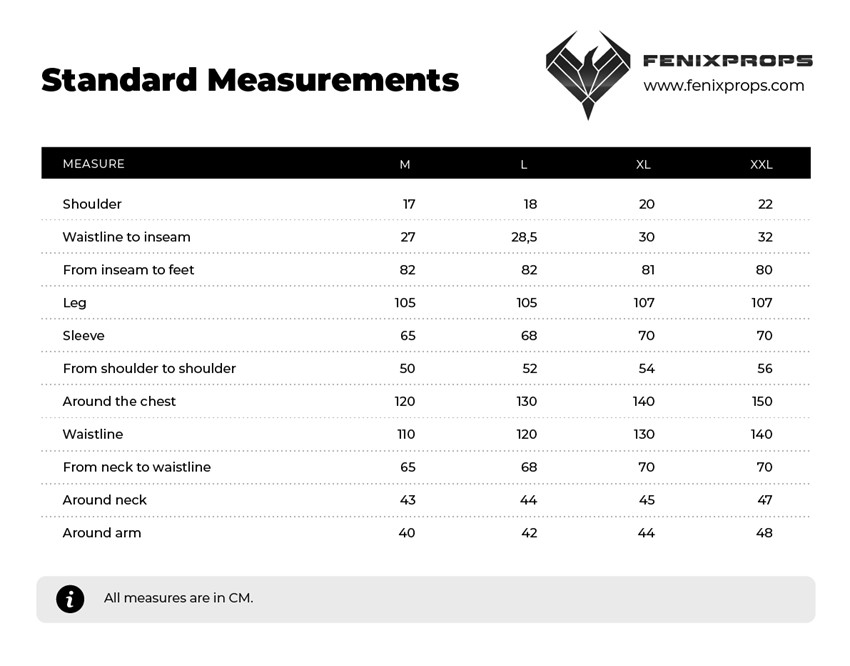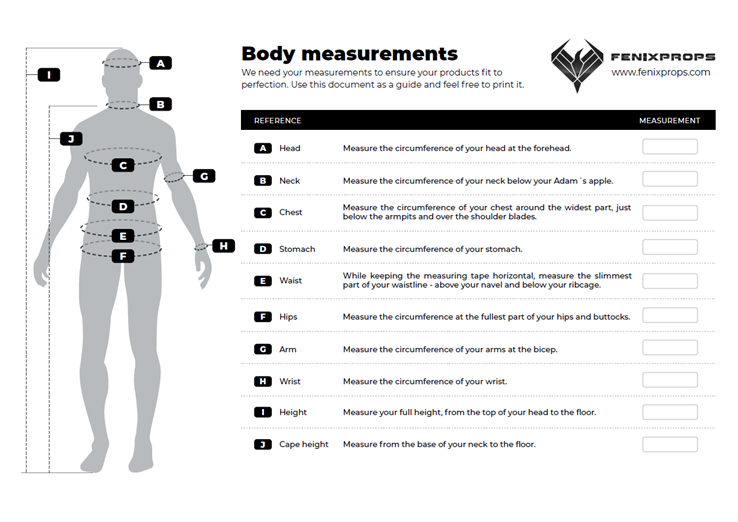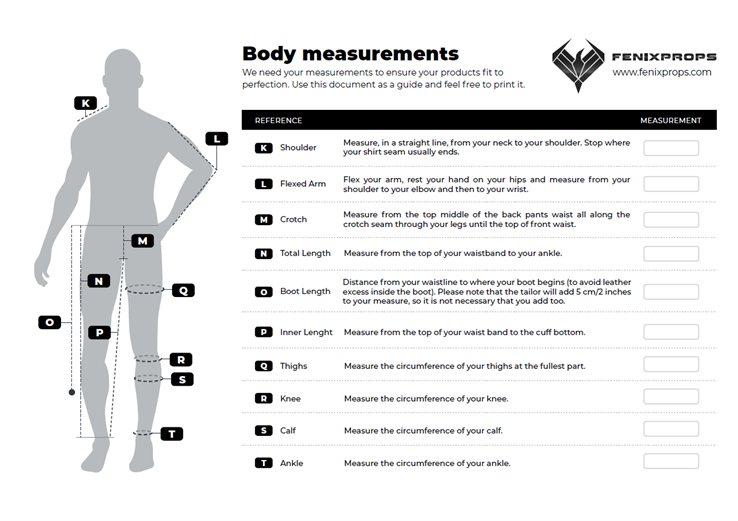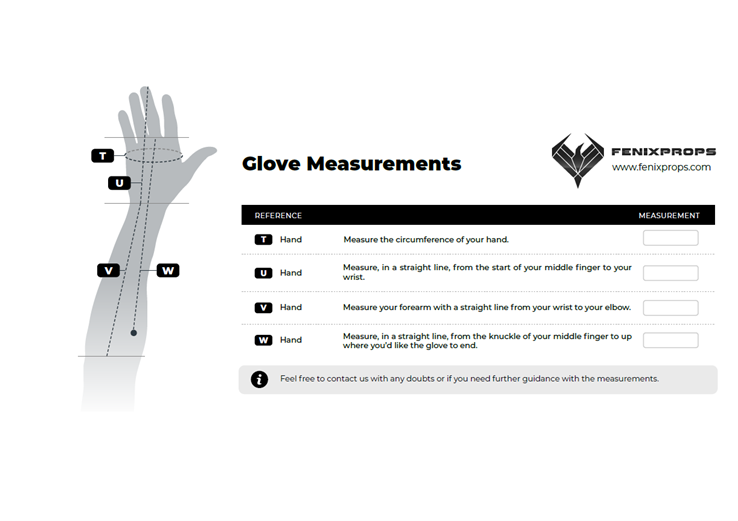Do not store the leather wet, let it dry completely before storing it.
After use, spray neutral vodka on the inside of the suit and let it dry. Neutral vodka (not flavored) prevents vapors and fungi from generating and it doesn’t stain or dribble.
The outside of the suit can be rubbed with any leather conditioner.
If you ever need to clean your suit more deeply, take it to a specialist in leather cleaning in your area.
For gluing paddings to helmets, shin guards or armor we recommend using contact cement.
For shin guards: The padding has a cloth piece that allows you to easily bend it inwards and glue it to the hard part. This cloth allows you to adjust any size difference, since you can bend it as much or as little as you need, depending on your calf. It is advisable to measure and try the padding inside the hard part before gluing them together, because contact cement dries very fast.
Gluing only the outer edges of both surfaces is enough; you don’t have apply the glue to the whole part.
The process is as follows:
1. Apply the glue to both surfaces (the padding and the hard part)
2. Let it dry for a while, until your finger doesn’t stick to the material when you touch it. This happens usually after two or three minutes (it varies depending on room temperature and humidity)
3. When the cement is dried, align the external borders of each surface and press both parts firmly together for a minute or so.
4. Let it dry for the next 24 hours with any object that presses both surfaces together, like clips. Be careful with their material so as not to scratch the hard part in the process.
For helmets:
You should only glue around the visor and the helmet’s base, where you insert your head, but one place at a time
1. Apply some contact cement around the visor area inside the helmet and around the padding.
2. Wait until your finger doesn’t stick to the material when you touch it. This happens usually after two or three minutes (it varies depending on room temperature and humidity)
3. Let it dry for the next 24 hours with any object that presses both surfaces together. Be careful with their material so as not to scratch the hard part in the process.
4. Apply more contact cement around the helmet’s base and the padding and repeat steps 2 and 3.
There are several ways to attach a visor to a helmet.
In the case of large visors such as Royal Guard, Clone Trooper Phase 2 or 3, some Mandalorian ones, and most of the thermoformed visors, fix them with duct tape, silver tape or any like material where they don't offer resistance to bend as the helmet curvature and sit well on the eye opening.
This way, visors can be easily changed if needed. It also involves periodic inspection and maintenance, otherwise, the visor runs the risk of getting unstuck with moisture or heat.
In the case of Mandalorian T-shaped visors, if the copy of the helmet is very flexible, it is recommended to adhere them permanently since this helps to the whole structural strength. We recommend grabbing the visor from the edges and bending it, forming a C shape, to introduce the visor into the helmet. You can put a large elastic band or a paper tape end-to-end to leave the visor in that position while sticking it in the center and then release each side and gluing the edges. If it's inserted and pressed from the center, the sides could break due to their shape.
When gluing visors, the most important thing is to make sure that they stay in place until the glue is dry. It isn't advisable to hold them manually, since the glue takes time and any inconvenience could ruin the gluing. This is why we recommend fixing the visors temporarily, with a tape or a tutor, inside the helmet, while the glue is applied and dries. We use as a tutor a piece of hard hose, like the ones used in pools, with a rubber on each end to make pressure from the other side of the helmet and leaving it in position.
Different types of glues can be used to fix a visor permanently, from epoxy two-component glues to hot glue guns*. The material of the helmet must be considered to choose the right glue. We recommend creamy glues, because they have more filling capacity, and not the liquid ones. Cyanoacrylate should never be used, because it emits fumes that stain surfaces.
We also recommend previously fixing the visor in place with a temporary tape to make sure it will stay in place while the glue dries. Before applying the glue, check well that the visor sits on the opening of the inner face and look aesthetically correct on the outer face of the helmet. Then, apply a small portion of the glue in two or three points, remove the tape and check again on both sides that the position is correct and proceed to glue the rest of the lenses contour.
* Warning: in the case of using hot glue gun, keep in mind that the heat can alter the thermoformed helmets or blister the paint of the fiber helmets, so it's recommended to make multiple small applications and allow cooling between one and the other.
We ship to any place in the Galaxy -yes, even to the Unknown Regions-.
For stock pieces, we generally use the post office, unless arranged otherwise.
We work hard to ensure that the items are shipped the same day/week that the order is placed.
Please kindly note that we have no control over the transit time of the post office. As you may know, the post office is a third party, and once we deliver our package to them, we can only trace it through their website and check when it leaves our country.
Generally, once the package enters the postal system of the destination country, its identification number changes to comply with local regulations, and this varies from country to country.
Please ask at your local post office which the usual process is so you can follow the package all the way until it reaches you.
For made-to-order items, we use a private courier, Raiconet. They choose between DHL, FedEx (and rarely UPS) depending on the estimated delivery time when they register the package. Depending on the country, these deliveries take between five to fifteen days to be made.
Once again, we have no control over the transit time of these couriers. They provide an international tracking number the same day or the day after they register the package, and you can have notifications sent to your phone if you have an account on their platform.
The turnaround time can be divided into three parts:
1. Tailoring: After we receive your measurements, the tailor takes around a month to finish the piece. Depending on the order type, it can be two to three weeks (for gloves and small parts) to five (for complete kits). You’re welcome to ask about your order progress at any time.
2. Internal transport: It takes between two and three days for packages to be delivered at our shop from the tailor’s.
3. International shipping: As soon as the orders arrive at our shop, we prepare and register them into the courier system. The courier gives us an appointment to pick the packages up, which usually takes between two to three days.
Keeping your financial information secure is absolutely essential when buying online. Whether it's ecommerce, sending money or buying with debit and credit cards online, trust PayPal to help keep your transactions secure. If you don't receive the item that you ordered, or it shows up significantly different from its description, you may qualify for Purchase Protection, and we'll reimburse you for the full purchase price plus any original shipping costs, subject to terms and limitations. If you are charged for a transaction that you didn't make, let us know within 60 days, and we've got you covered.








